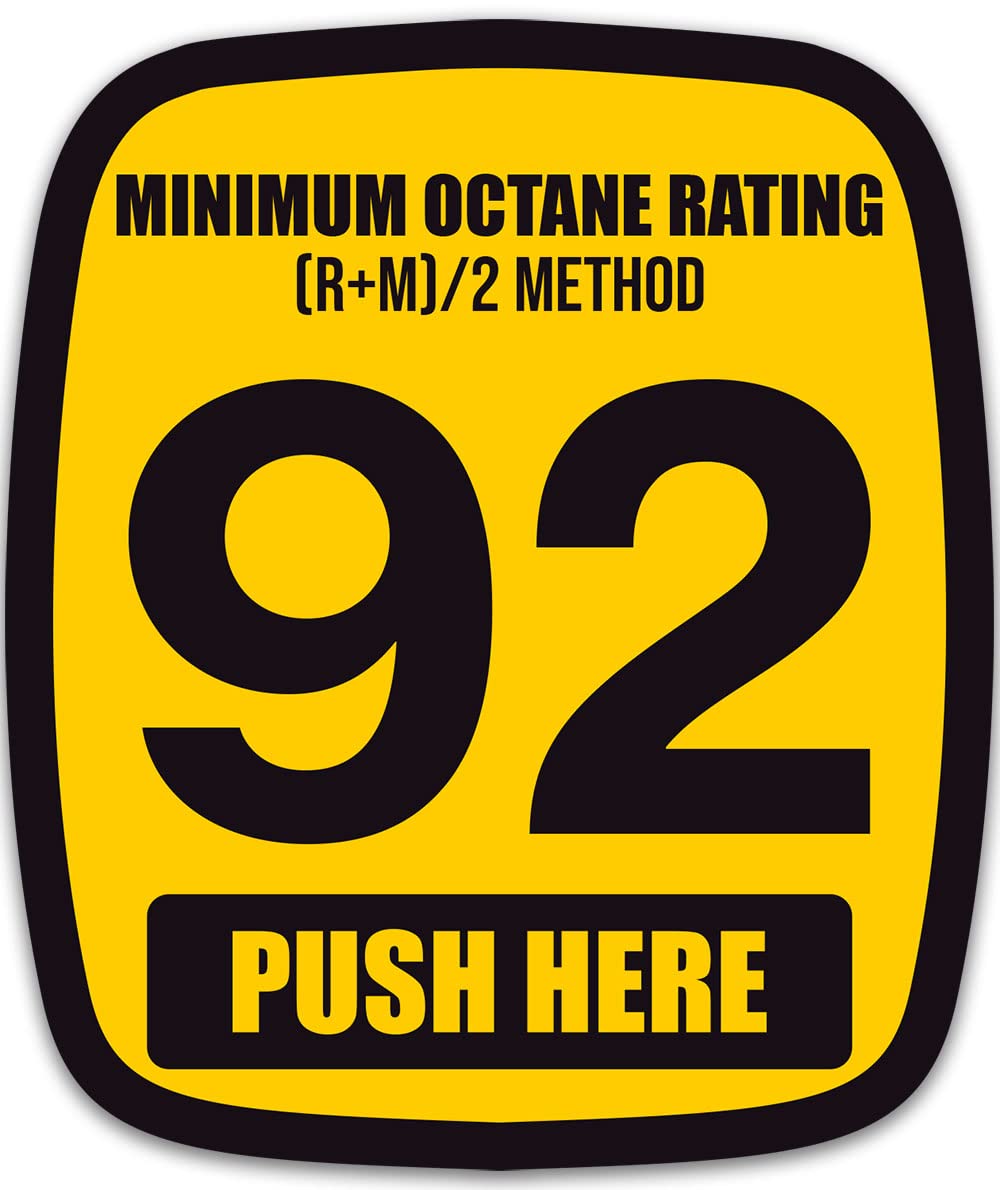First off, let's define what octane is. Octane is a measure of the auto-ignition point of the end gases. It is NOT a definitive measure of knock resistance in an internal combustion engine, as I will explain later.
The addition of 10% ethanol will not have a substantial impact on RON. This is a US-based fuel analysis, which may or may not be similar to your fuel in the UK, but it gives us some data to work with.
There's a typical ~8 unit spread between RON and MON for gasoline and a ~14 unit spread for ethanol.
Let's take a 94 RON gasoline with a MON of 86 (anti-knock index = 90) and add 10% ethanol which is 108 RON and 94 MON (anti-knock index = 101). Straight math, we get...
((94 x 9) + 108) / 10 = 95.4 RON
((86 x 9) + 94) / 10 = 86.8 MON
Anti-knock index = 91.1
The octane values barely move. However, it's not this simple. Octane values of a given fuel component change when blended due to interactions with other components of the fuel. The final blend may actually lose octane or gain more than expected. Petroleum engineers smarter than I have figured these things out.
The knock resistance, which octane is designated to represent, also changes with other variables outside of octane such as distillation and heat of vaporization. Ethanol has ~410% greater HoV than gasoline which has a significant impact on knock resistance (due to intake air and chamber cooling) despite little change in octane. Unlike octane, this tends to work with straight math.
Heat of vaporization in BTU/lb of stoichiometric air
Gasoline = 9.7
Ethanol = 44.0
E10 gas = ((9.7 x 9) + 44) / 10 = 13.1 (+35%)
A CFR engine, which is used to measure octane, is very limited in this regard. The engine has set run conditions for RON and MON (higher rpm and load for MON) with increasing compression until knock is detected. However, it cannot determine the contributing factor of that knock or rather what is resisting knock to that extent. As stated above, two fuels of the same octane but different HoVs will give a different result in a CFR engine. The scale for octane is based on a ratio of iso-octane to n-heptane which have very similar HoVs. When you introduce a component with a wildly different HoV, all of this gets thrown off. If the HoV is higher, the CFR engine will give a higher octane result than it actually is.
As far as how this affects blends at the pump, HoV is not considered in the final blend. (at least not significantly) The primary properties for pump gas is the flame speed index and drivability index (determined mostly by the distillation curve), consistent air/fuel ratio (determined by density and stoichiometric value of the blend), and resistance to vapor lock and degradation (determined by vapor pressure, distillation, and a few other parameters on the chart above). It's generally easier to formulate the gasoline for the regular and premium octane values without ethanol considered. The ethanol is too much of a wildcard, and the concentration can vary since it's blended at the mother tank/truck, not at the plant.
Much of the hysteria surrounding ethanol is exaggerated. I love ethanol and methanol fuel.

